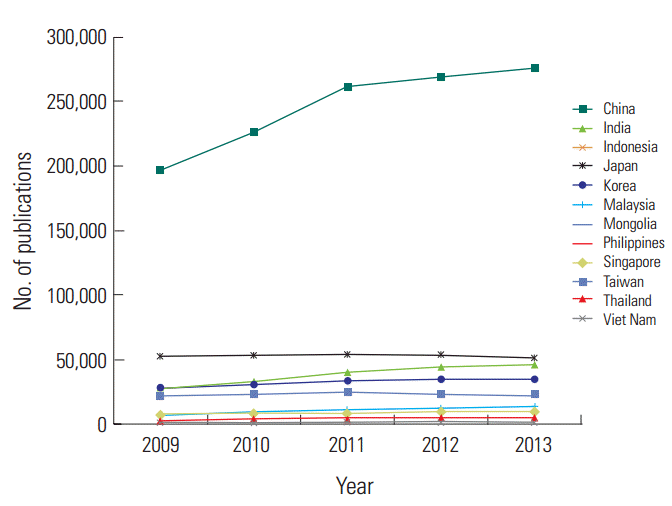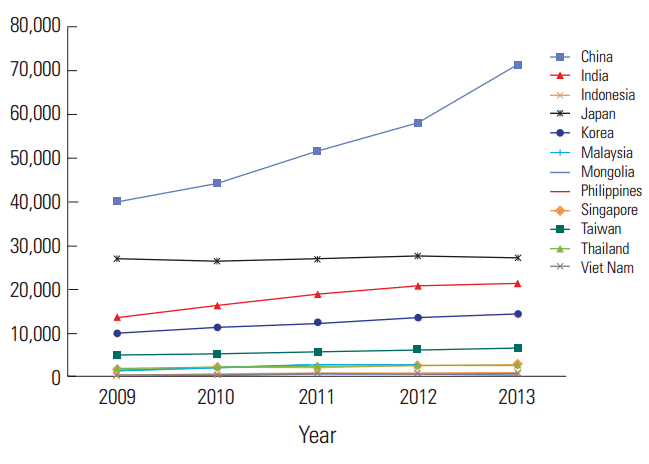Digital Creation: Information Visualization: Word Clouds, Phrase Nets, Tree MapsA
visualization is a way of quickly and clearly expressing complex
information. Information visualizations are constantly being used and
created – a hurried sketch, a scribbled map, the pictorial instructions
provided to help assemble furniture – are all examples of everyday
practices of information visualization. We are used to seeing and
interpreting bar charts and pie charts in presentations, reports, and
even on sign boards. Most of us have used a pen and napkin to draw out
ideas for someone else to understand; digital tools can extend this
common presentational practice to various forms of data. There are
numerous tools designed to help you make charts and graphs, some of
which can be found within your word processing software. However, there
are many other open source tools which can be found online and used for
free. Beyond professionalizing your portfolio, learning how to create
visualizations will give you another way of experimenting with and
articulating arguments about data.
Visualization of data does
not necessarily have to involve numbers. Data can be represented in many
other forms. Word Lists can segment documents into long word strings;
Word Clouds and Tree Maps can create graphic ways of seeing data; and
Word Trees and Phrase Nets can point to connections between word
strings. Compelling experiments are also being done using language
analysis in structuring
artistic representations of text. Beginning Your WorkA good place to begin creating visualizations is with a simple ‘cut and paste’ resource such as a Word Cloud tool like
Wordle.
This site gives you three ways to input data and rapidly produces an
image you can save as a screen shot or save to the site. Secondary
research can begin resource hubs like IBM’s
Many Eyes.
Although you will need to create a user account and log into the site,
Many Eyes brings together and hosts a large collection of visualization
software and takes users through the basics of preparing their data.
One
of the main things to remember when it comes to creating and using
visualizations is that they present a different way of reading. In order
to present data, software programs chop text up into its component
parts. In order to make most effective use of the software, you will
need to organize and normalize your research data, and you will need to
know how to “read” the visualization.
The program will need to
normalize your data in order to be able to classify the text and create
the visualizations. Most frequently this means stripping some of the
formatting from the text which is applied as part of a word processing
tool. There are a number of ways of doing this, through your browser, in
your word processor, and in note pad widget. For more advanced
visualizations you may also need to preprocess your data by getting it
into a spread sheet so the program can read it.
In many
visualizations, size is equated with frequency: the physical size of a
word in the cloud accords with the frequency of its appearance in the
text being analyzed. For the most part, these tools will remove some of
the most frequently-used “stop words” such as “and” and “the,” making it
easier to see the remaining “hot words.” This makes it easier for the
researcher to identify some of the more interesting words in the text.
However, because cloud tools remove form and context, the quick picture
they develop may represent an accurate pictorial concordance, but it
does not retell a text. Analysis begins with the scholar’s
interpretation of what is present and what is absent. Alternatively,
concept maps and phrase nets preserve some context, enabling scholars to
“read” across visualizations; but these types of visualization also
remove phrases from the large framework. So, as with the cloud tools,
maps and phrase nets enable discovery, but the scholar must be careful
to support any assertions about the text based on visualization alone.
Secondary UsesOne
of the off-label prescriptions for these tools is also one of the most
useful. These resources can be employed to analyze your own writing.
Phrase nets and Word Trees can be used to look for over-used phrases.
Word clouds are excellent ways of detecting repetition across documents
that you have authored, which is helpful, since repetition is not easy
to recognize in your own work.
Web Tool VisualizationsWord CloudsVisualization Tools Hub
Current Projects
Writing Without Words
Additional ReadingPhilippe Gambette and Jean
Veronis. “Visualizing a Text with a Tree Cloud.” IFCS'09: International
Federation of Classification Societies Conference. (2009)
Romain
Vuillemot, Tanya Clement, Catherine Plaisant, Amit Kumar. “What’s Being
Said Near “Martha”?: Exploring Name Entities in Literary Text
Collections”
Martin Wattenberg and Fernanda B. Viégas “The Word Tree, an
Interactive Visual Concordance” IEEE Transaction on Visulaization and
Computer Graphics.14: 6. (2008)
Frank van Ham, Martin Wattenberg, Fernanda B. Viégas. Mapping Text with Phrase Nets.. IEEE InfoVis 2009.
Christopher Burke. Isotype: Representing social facts pictorially: Information Design Journal (IDJ) 17:3. (2009)





























